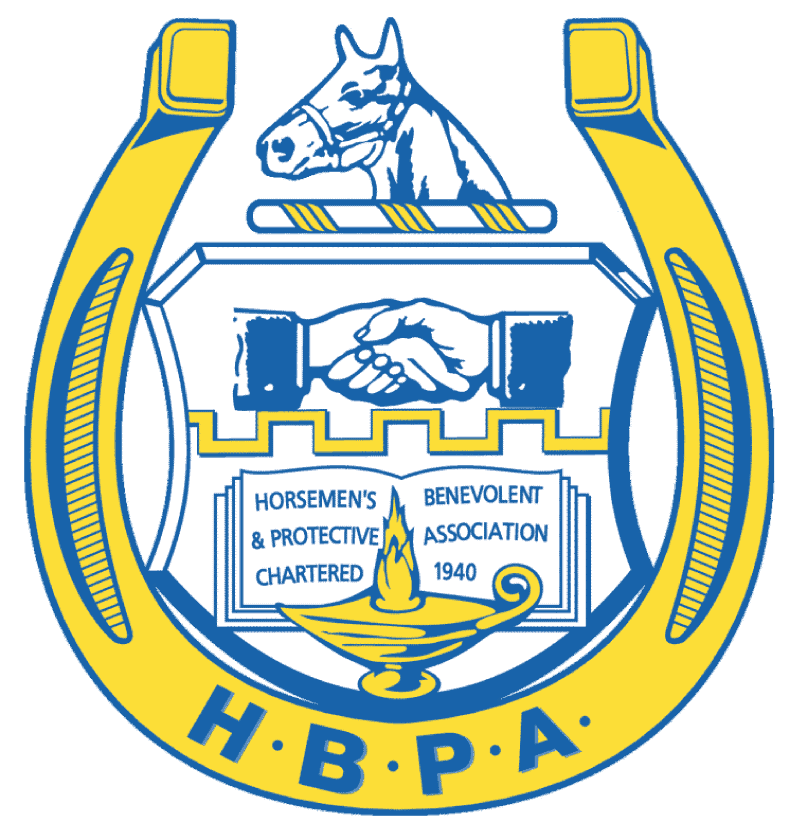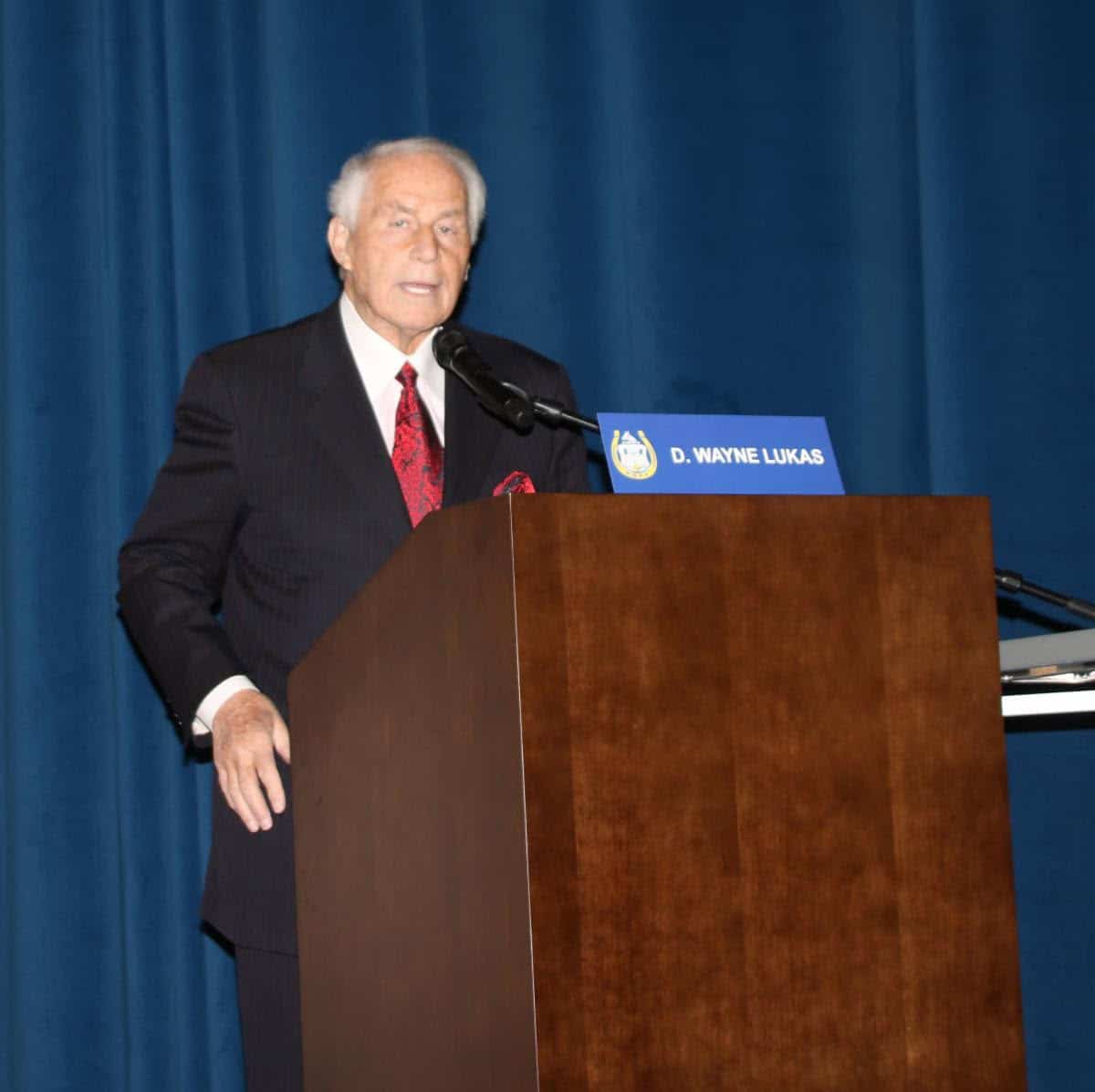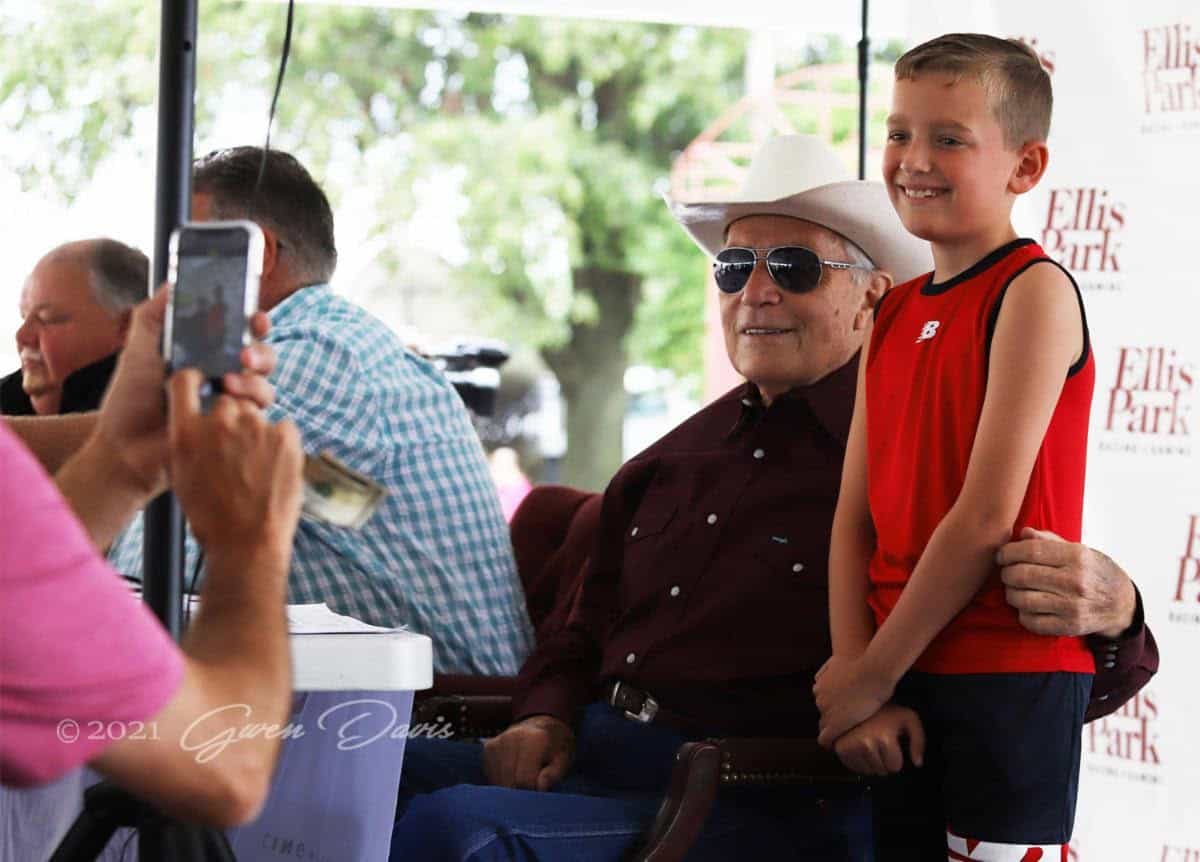Live Horse Racing Growing in Wyoming
Sheridan Press
SHERIDAN — Whitey Kaul’s 100-acre YO Equine Ranch features beautiful racing horses grazing on vast fields. There is a prominent brown barn, a house perched atop a hill and a lake, with the Bighorns serving as the backdrop for an idyllic scene.
The property could not seem any further from the inside of a casino. Yet Kaul’s operation is dependent on the historic horse racing that began in Wyoming in 2013 — an industry generating millions from people playing games similar to a slot machine.
Without off-track betting, Kaul doesn’t see much of a future for horse racing in Wyoming. With it, however, the possibilities could be endless for a sport gaining in popularity.
The Pari-Mutuel Commission began in the state in 1967 to oversee betting on horse races; the following year, live horse racing became a Wyoming staple that lasted decades.
But the situation changed in the 2000s, according to Kaul, who serves as president of the Wyoming All Breeds Racing Association.
“We’ve been in the horse racing business for 30-some years,” he said. “And it’s been a dying industry the last 15 years.”
Like any failed business venture, the costs of horse racing outpaced the money flowing in.
Kaul said training a horse costs $30 per day in the state. To upgrade stock, breeders need to go outside the state to get stallions. Purchasing stallions to bring them to Wyoming — avoiding the cost of traveling out of state — was doubly expensive.
As breeding became more costly and interest waned, purses simply didn’t make it worthwhile for those in the horse business to travel for racing.
In 2009 and 2010, Wyoming hosted zero horse races for the first time since 1967.
Over the years, the Legislature made moves that slowly bolstered revenues. It began with live betting, then simulcasting races from other states. Then dog racing came in. Even still, Kaul said it wasn’t enough to support and grow live racing.
The 2013 legislation that approved historic horse racing changed that.
“It had a big impact,” Kaul said. “Without that, we would not have horse racing today.”
The numbers bear this out. In 2013, Kaul said the state held 10 races. The following year, several tracks hosted a combined 20 racing days.
In 2015, 32 races will run, with 16 in Evanston, nine in Rock Springs, four in Casper and three in Gillette.
The impact on the racing and agriculture industry has been immense, Pari-Mutuel Commission Executive Director Charles Moore said.
“They’re also helping out the racetrack operators,” he said. “You can’t have these locations if you’re not offering live horse racing in the state. That’s the connection, that’s the ag part, and that’s the live horse racing.”
Moore said the PMC has worked to establish a first-rate industry comparable to what you might see at the Kentucky Derby or Preakness, albeit on a smaller scale.
Now, more in-state horse breeders are attending events with more attendees than the industry has seen in years. At the last Wyoming Downs event in Evanston, 2,500 people attended the Saturday race, and 3,000 went Sunday — and that only included gate figures, according to Evanston Chamber of Commerce Executive Director Dawn Darby.
The horsemen and spectators returning after the short hiatus make a big difference to Evanston’s economy. The horsemen generally live in Evanston during the roughly eight-week summer racing season.
“They’re spending money at our grocery stores and our feed and tack stores,” Darby said “They’re getting gas. They’re shopping and eating at restaurants.”
When Wyoming Downs was closed, the Evanston Chamber received 200 to 300 calls per year inquiring about whether live horse racing was still an option. The interest has translated to the track, where Darby estimated 85 percent of attendees were from out of town at the last event.
“When they come for the horse races, most of them do spend the night and go both days, Saturday and Sunday,” Darby added. “It definitely has a major impact.”
Evanston draws breeders from Utah, Idaho, Colorado and even Washington and Oregon, Kaul added. Casper gets people from Colorado, South Dakota and Montana, among others.
The state’s horse racing industry is in a much healthier spot than it was a few years ago. Kaul said Wyoming currently houses approximately 350 registered brood mares and 15 to 20 stallions. The All Breeds Racing Association is up to about 60 active members.
“I think, looking forward, it looks bright,” Kaul said. “It really looks good right now.”
The lifeblood of this program is the historic horse racing, and Kaul said he was “very surprised” when he saw the figures that came in the first year.
“When we first started, we figured we’d handle $40 million,” he said. “We thought that would be a big number throughout the state for historical racing terminals. The first year in operation it exceeded $100 million.”
As numbers come in and keep getting larger — historic horse racing is on pace for more than $360 million in total handle this year — Kaul admits the gambling supporting the horse racing industry is a bit of a “gray area.”
While admitting he might be speaking out of turn, Kaul said the horsemen wouldn’t be against putting a cap to limit gambling in the state, but quickly added the owners and operators would not be in favor of such legislation.
Make no mistake, the Wyoming All Breeds Racing Association supports historic horse racing and any other initiative that draws more interest to horse racing in Wyoming is a very good thing for horsemen.
Who knows, maybe Sheridan could host horse races someday. While Kaul said it has not been discussed, he said it would be possible with the right investors.





